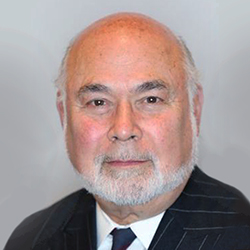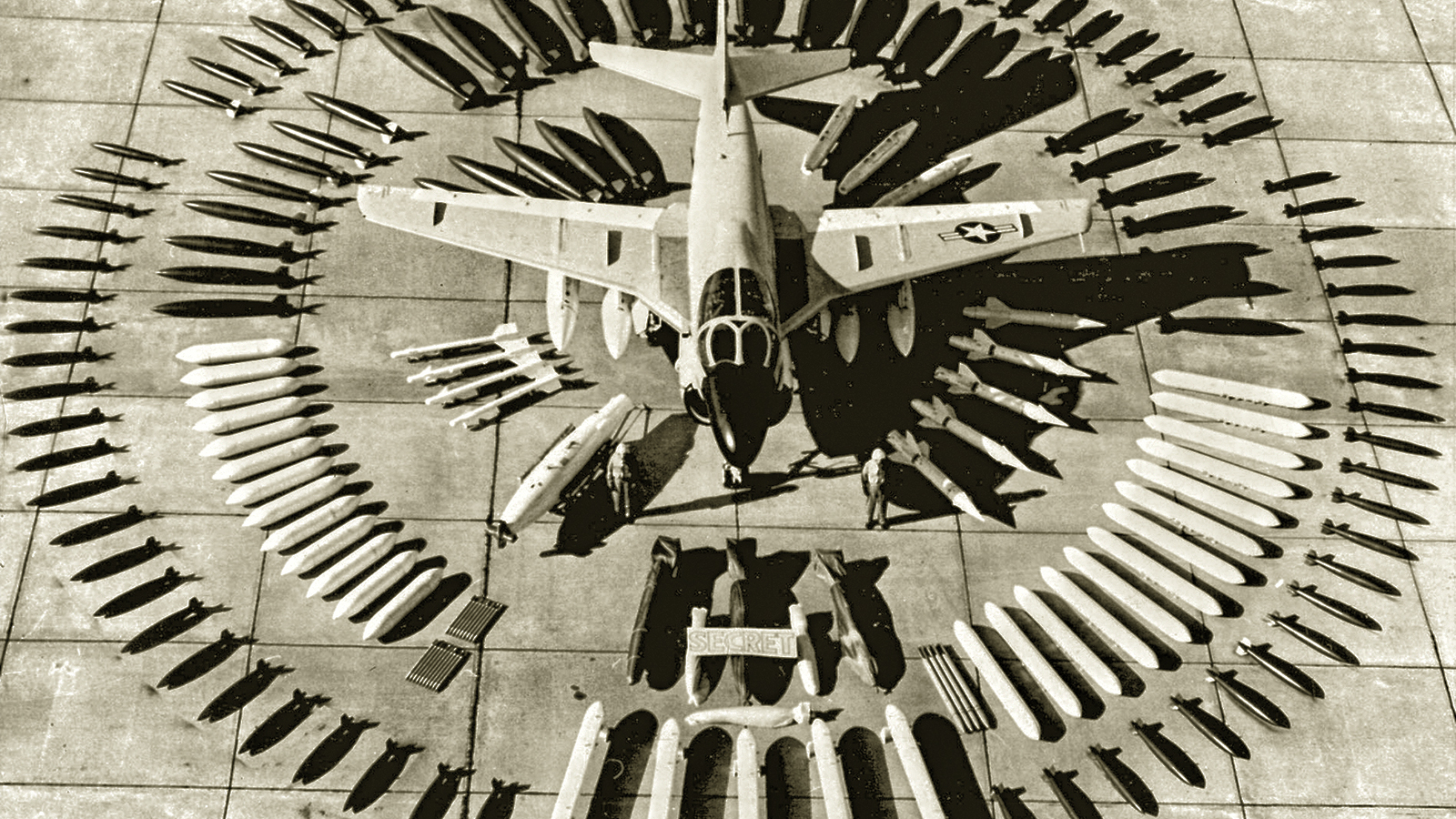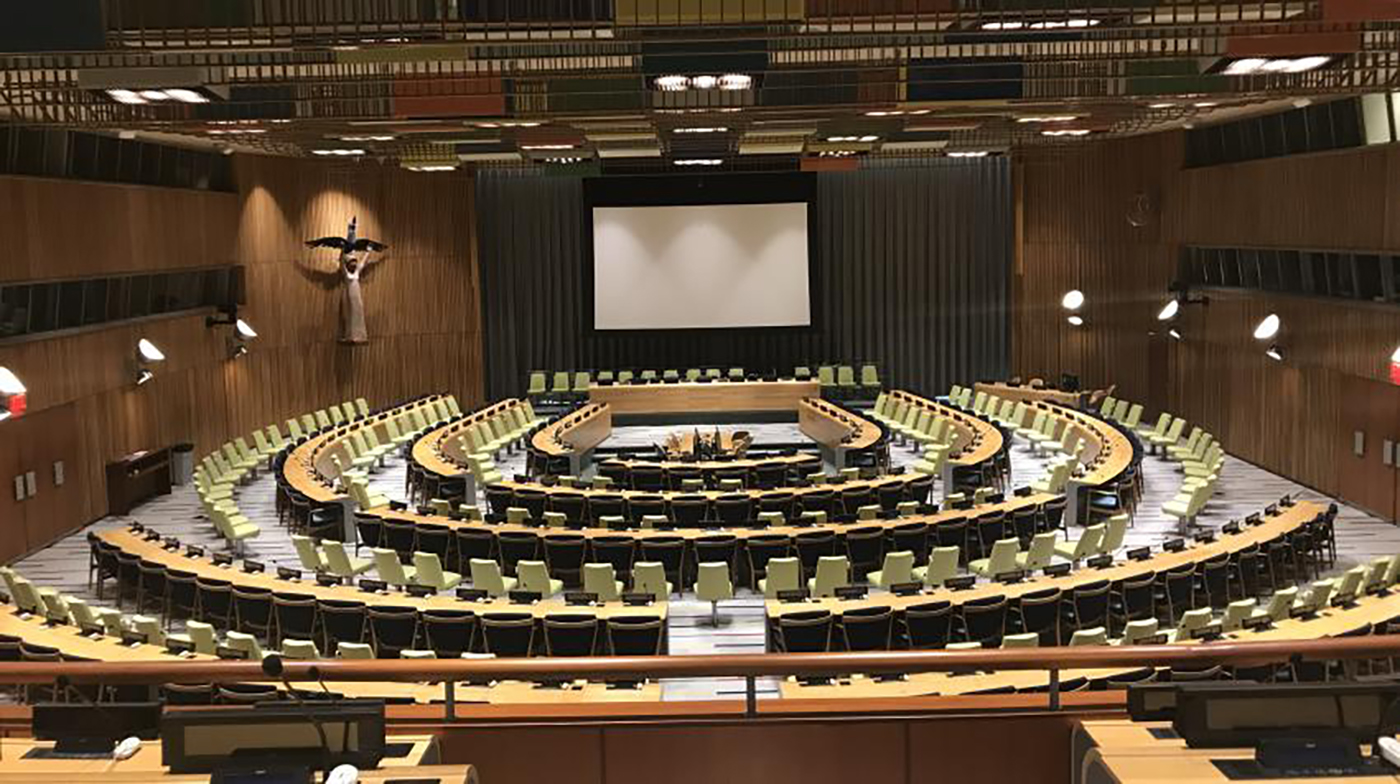The Hindu
Op-ed by Aaron Tovish
August 29, 2008
Last September, I was accorded the privilege of contributing an article to The Hindu on the subject of the U.S.-India nuclear cooperation deal. The editor chose to introduce the piece by spotlighting the following two sentences from the article: “Good leadership looks as far down the road as possible to anticipate obstacles and detours. On the nuclear deal, a combination of U. S. and Indian hubris has led India down the garden path without any clea r strategy for reaching the ultimate destination other than economic enticements and intimidation.”
Crunch time has arrived and we can see that neither enticements nor intimidation are going to deliver the promised conditions-free result. I went on in the article to predict that, faced with the prospect of having to overturn the consensus process of the Nuclear Suppliers Group (NSG) to get its way: “It is unlikely that the United States would be willing to go down that road — even if the administration were willing, Congress would not let it. In short, India would be left standing alone at the altar.”
I will not review the conditions that I (and many others) anticipated since they are now being widely discussed. If India is in fact willing to consider them, the NSG route still provides a way forward (after a final green light from the NPT States Parties). If on the other hand, India wishes to have a nuclear-trade carte blanche on a par with the other nuclear-weapon states, then a completely different approach is necessary.
The prerequisite to finding a new way forward is to recognise that trying to address this matter without due regard for the Nuclear Non-Proliferation Treaty (NPT) is a non-starter. All the NSG members are parties to the Treaty and most of them firmly believe it is the keystone of the nuclear nonproliferation regime and of nuclear disarmament. A subset of the latter group is aware that the NSG is not representative of the NPT Parties as a whole and is not authorised to ignore or overturn NPT consensus decision, particular those relating to the 1995 extension decision.
Since the United States shows no regard for any of these points, it is not surprising that it has blithely led India into this NSG cul de sac. It would be precisely the wrong partner for India in the search for a new way forward.
What might the new way forward be? Instead of trying to sneak around behind the back of the NPT, India should boldly enter through the front door. India should ask one or more of it close allies in the Non-Aligned Movement to propose an amendment to the NPT that has the effect of making India a nuclear-weapon state. It could be the most concise amendment in the history of diplomacy, changing just two digits in the Treaty’s definition of a nuclear-weapon state: “For the purposes of this Treaty, a nuclear-weapon State is one which has manufactured and exploded a nuclear weapon or other nuclear explosive device prior to 1 January 196775.” In one stroke, all the problems of Article I compliance and the 1995 decision relating to full-scope safeguards would be resolved, and for India alone.
The consensus requirement would also be reduced. The NPT amendment process allows for an amendment conference on the basis of requests from just one-third of the States Parties — any one-third. Adoption of the amendment requires ratification by a simple majority, but not just any majority. Article VIII(2) of the treaty requires the majority to be “of the votes of all the Parties to the Treaty, including the votes of all nuclear-weapon States Party to the Treaty and all other Parties which, on the date the amendment is circulated, are members of the Board of Governors of the International Atomic Energy Agency.” While amending the NPT is a more far-reaching decision than approving a safeguards agreement, the favourable treatment recently accorded the India-specific agreement by the 35-member Board of Governors makes this requirement less daunting than the 45-member NSG consensus requirement.
India is no stranger to multilateral amendments. In 1989, India was instrumental in the Partial Test Ban Treaty amendment effort. India’s request to convene an amendment conference put the number of requests over the one-third threshold, thereby forcing the United States, the United Kingdom, and the Soviet Union to proceed. The Amendment Conference was held in January 1991.
It should be anticipated that a pro-India amendment would be advanced in tandem with a pro-nuclear-disarmament amendment. This should be welcomed by India. India — with justification — has insisted from day one that the NPT’s Article VI does not address vertical proliferation adequately. The organisation for which I work, Mayors for Peace, has advanced the so-called Hiroshima-Nagasaki Protocol with the understanding that one option for adopting it would be by means of the NPT’s amendment provisions. The Protocol would require the immediate commencement of negotiations on a Framework Agreement. The Rajiv Gandhi Action Plan, which the current Indian government has revived diplomatically, could serve as an excellent basis for such negotiations.
Would the Hiroshima-Nagasaki Protocol also command broad support among NPT States Parties? It is too early to say; right now the focus of the Mayors for Peace 2020 Vision Campaign is on gathering global support from cities through a Cities Appeal. In two months the appeal has garnered almost 300 supporting cities. The United States Conference of Mayors has endorsed it and has urged the U.S. Government to adopt it. While there is little point in pursuing this matter with the current U.S. administration, the next could be an entirely different matter.
The Hiroshima-Nagasaki Appeal is a plan for ridding the world of nuclear weapons by the year 2020. India can help the world realise that vision. From that perspective, concerns about the long-range future of India strategic arsenals become less demanding. Similarly, the notion of accepting India as a nuclear-weapon state becomes less charged when applied only to a short period prior to the advent of a nuclear-weapon-free world. This overarching approach is the way forward for India and the world.
The paragraph concluding last year’s article is just as apt today: “India has a profound heritage of progressive leadership. That leadership used multilateral fora to advance global security concerns. Let us hope that this recent flirtation with ‘great power’ unilateralism is soon looked back upon as a brief aberration.”
(Aaron Tovish, a disarmament expert, is International Director, 2020 Vision Campaign, Mayors for Peace. He was Director of Peace and Security Programs with Parliamentarians for Global Action in the 1980s and 1990s. He worked closely with Indian government officials on two major arms control initiatives: the Six Nation Peace Initiative and the Partial Test Ban Treaty Amendment.)
Jonathan Granoff is the President of the Global Security Institute, a representative to United Nations of the World Summits of Nobel Peace Laureates, a former Adjunct Professor of International Law at Widener University School of Law, and Senior Advisor to the Committee on National Security American Bar Association International Law Section.







